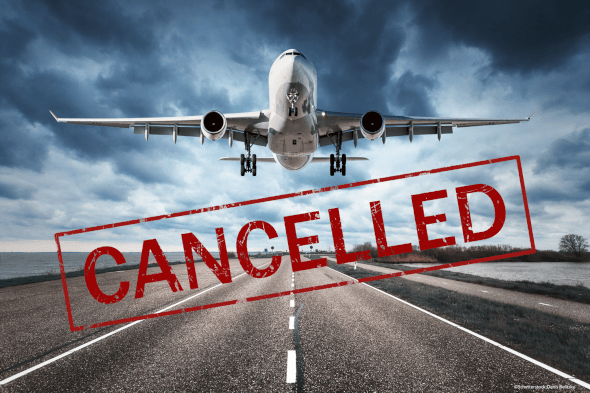In his 2007 best-seller, The Black Swan, Nassim Taleb wrote: ‘As we travel more on this planet, epidemics will be more acute […] and the successful killer will spread vastly more effectively’. Was this sentence, which has been reiterated by the media since the early days of Covid-19, prophetic of what took place globally in 2020? Recent research seems to suggest that the answer is ‘no’.
While epidemiologists have long argued that globalization and the rise of human mobility boost the diffusion of diseases across national borders, a paper just published by Michael A. Clemens and Thomas Ginn finds that the acceleration of global travel does not trigger more impactful epidemics. Their study focuses on four pandemics in three different centuries: the influenzas that began in 1889, 1918, 1957, and 2009. According to their estimates, a 50 percent reduction in pre-pandemic global mobility would have only delayed the spread of the virus outside of its source location by no more than 1–2 weeks on average. More importantly, such a radical cut in international travel would have produced no detectable reduction in final mortality. The harm caused by pandemics is independent of the scope and the size of pre-existing worldwide travel flows.
An ongoing research project at MPC (The Airport Factor: Assessing the Impact of International and National Aviation Mobility on the Spread of Covid-19) is currently assessing the effect of air travel in the last quarter of 2019 and during the first semester of 2020 on Covid-19 mortality in 39 countries in five continents (Europe, the Americas, Asia, Africa, and Oceania). The aim of this project is to measure the net effect of other plausible factors that are known to foster the incidence of the disease: geo-seasonal factors (such as local temperature), demographic factors (such as the seniority of the population), health conditions (such as the prevalence of obesity), and the adoption of non pharmaceutical interventions (such as lockdowns and travel bans, as captured by the Oxford COVID-19 Government Response Tracker). These indicators were collected at the subnational level, for a total of 490 regions.
This is a part of a blog post published by Ettore Recchi and Alessandro Ferrara.
